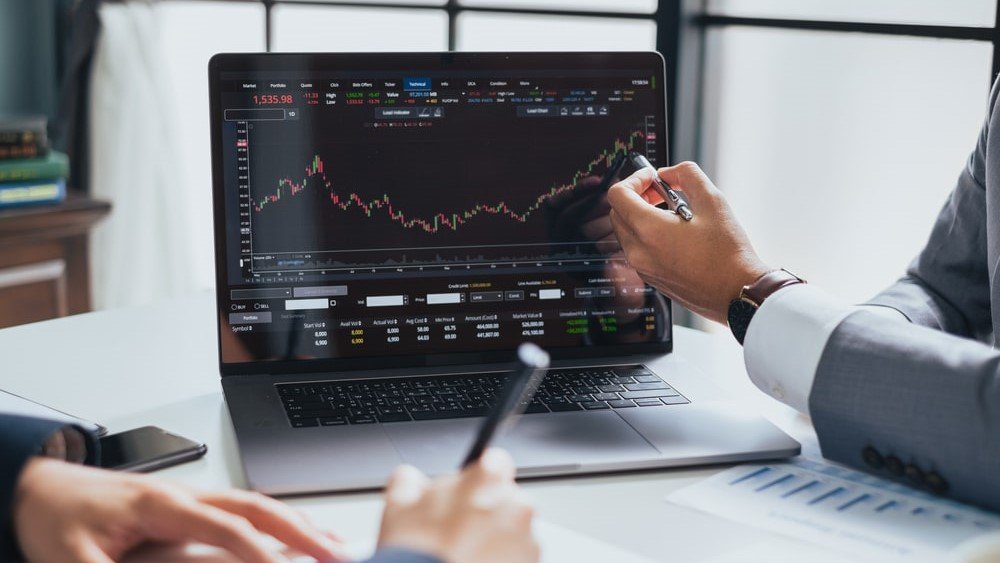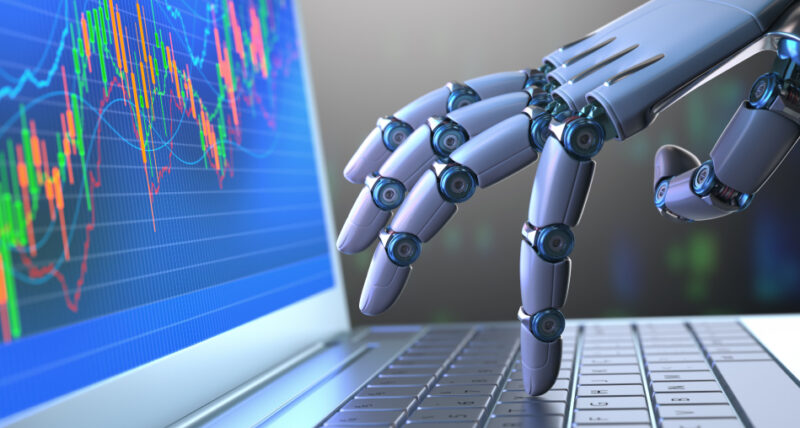In the ever-evolving world of financial markets, automated trading bots have emerged as powerful tools for both seasoned traders and novices alike. These sophisticated algorithms promise the allure of lightning-fast execution, the ability to process vast amounts of data, and the potential for maximizing profits while minimizing human error.
But what lies beneath the surface of this technology? Will these bots revolutionize your trading experience, or will they leave you grappling with unforeseen challenges? As we delve into the unpredictable realm of automated trading, we will explore the mechanics behind these bots, their performance expectations, and the critical factors that can influence their success. Buckle up—this journey into the realm of artificial intelligence and finance is bound to be both illuminating and complex.
Introduction to Automated Trading Bots

In recent years, automated trading bots have surged in popularity, transforming the landscape of financial markets. These sophisticated algorithms, designed to execute trades at lightning speed, analyze vast amounts of data to identify patterns and opportunities that often elude human traders.
Picture this: a decentralized robot tirelessly combing through market fluctuations while you sleep, making split-second decisions that could turn mere ideas into capital gains. Yet, while the allure of automation is undeniable, it\’s essential to recognize the underlying intricacies of these systems.
They operate on an array of strategies, from high-frequency trading to arbitrage, each carrying its own set of risks and rewards. As traders increasingly lean on these digital assistants using automated trading systems, understanding their mechanics and potential performance is more critical than ever. Are they the future of trading, or merely a tool in the trader\’s arsenal? As we delve deeper, let\’s unravel what you can truly anticipate from their performance.
Understanding Performance Metrics

Understanding performance metrics is essential for anyone venturing into the world of automated trading bots. These metrics provide a window into the bots effectiveness, gauging not just raw profit but also the strategies that drive those gains.
When evaluating a bot, one must consider metrics like the Sharpe ratio, which helps assess risk-adjusted returns. Equally vital are the drawdown percentages, revealing potential pitfalls during market downturns.
But it doesnt end there; transaction costs and slippage also factor heavily into the equation, impacting net profitability. By dissecting these dimensions, traders can truly appreciate the nuanced performance of their bots, ensuring they make informed decisions rather than relying solely on numbers that sparkle.
Ultimately, understanding these metrics is not just about crunching data—its about strategically maneuvering through the ever-complex landscape of trading.
Risks and Limitations of Automated Trading

Automated trading bots, while innovative and efficient, come with a tangled web of risks and limitations that traders must navigate. For instance, the very algorithms that drive these bots can be susceptible to market anomalies; unexpected volatility or sudden news events may easily lead to substantial financial losses if the bot is not designed to interpret or adapt to such conditions.
Moreover, these systems often depend heavily on historical data for decision-making, and in a rapidly evolving market, past performance is no guarantee of future results. Theres also the lurking threat of technical failures—server downtimes, connectivity issues, and software bugs can wreak havoc on trading strategies, leading to missed opportunities or unwanted trades.
Additionally, the lack of human intuition means that subtle market cues, which a trader might catch with a mere glance, could be entirely overlooked by an automated system. In this high-stakes arena, understanding these vulnerabilities is essential for anyone looking to leverage the advantages of automated trading.
Conclusion
In conclusion, the performance of automated trading bots represents a significant advancement in the realm of financial trading. By leveraging cutting-edge algorithms and real-time data analysis, these systems can enhance trading efficiency and enable traders to capitalize on market opportunities rapidly.
However, its crucial to approach automated trading systems with a balanced perspective, recognizing both their potential benefits and inherent risks. As technology continues to evolve, staying informed and adapting ones trading strategies will be essential for maximizing success in an increasingly automated financial landscape.


